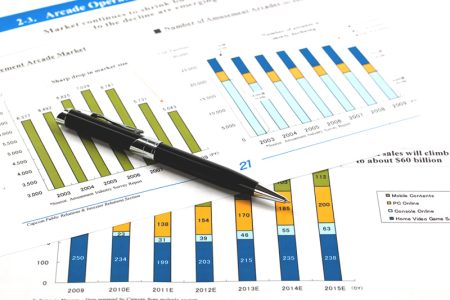The U.S. labor market continues to show strong performance, with significant wage increases for workers, despite the Federal Reserve’s tightening policies and looming recession fears. The Employment Cost Index (ECI), a measure of employer compensation expenditure, recorded a 1.1% rise in Q3, surpassing expectations. This comes amidst adjustments to the labor-short post-pandemic job market.
Yearly civilian wages increased by 4.6%, exceeding pre-pandemic growth rates. Key agreements between the United Auto Workers (UAW) and Big Three automakers promise a 25% wage increase and a substantial 150% pay rise for low-wage temporary workers. State and local government employees also saw significant wage increases in Q3, contributing to the ECI’s climb. These developments are enhancing workers’ purchasing power in an environment of high pay and decreasing inflation.
However, these substantial wage increases pose potential challenges for the Federal Reserve’s inflation control efforts. Central bank officials are expected to maintain interest rates at the upcoming policy meeting. Still, sustained wage and price increases may necessitate another rate adjustment soon.
A forthcoming Labor Department report will reveal Q3 worker compensation trends, with officials hoping for a slowdown that would allow inflation to fall towards the Fed’s 2% target. The employment-cost index reportedly rose by 1% last quarter, indicating persistent compensation pressures even amidst accelerated economic growth.
Employers’ spending on wages and benefits increased by 4.5% in Q2 year-on-year, marking a slowdown from the peak increase of 5.1%, but still significantly above pre-pandemic levels.
Compensation trends show both regional and industry-specific variations. For instance, Phoenix and Houston metropolitan areas saw a decrease in wage and benefit increases, contrasting with stability in the New York area. Different sectors such as restaurants, bars, and retailers experienced a slowdown in wage increases after a peak in early 2022. In contrast, the nursing profession witnessed a compensation surge due to pandemic-induced exits and retirements, maintaining a high rate of increase.
This article was generated with the support of AI and reviewed by an editor. For more information see our T&C.
Read the full article here




